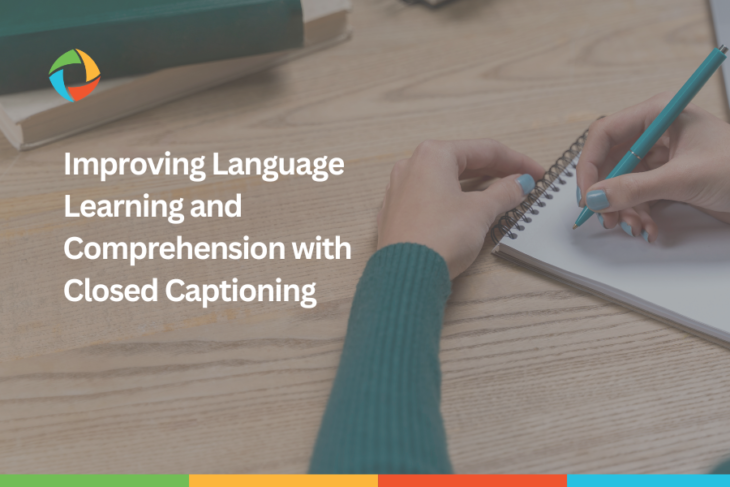For non-native speakers of a language, learning and comprehending spoken content can be a daunting challenge. Closed captioning learning can help ease this process by providing written text alongside spoken words for better understanding.
While traditional language learning methods, such as classes and textbooks, can be helpful, they may not be enough. These methods may fall short in fully understanding the nuances and complexities of spoken language.
Closed captioning, however, can be a powerful tool for non-native speakers looking to improve their language learning and comprehension.
Closed captioning is the process of transcribing the spoken words in a video or television program. The text is then displayed on the screen, allowing viewers to read along.
Here are a few ways that closed captioning can benefit non-native speakers:
Enhancing Comprehension:
Closed captioning can be an invaluable resource for non-native speakers who struggle to understand the spoken language due to accents, fast speech, or complex vocabulary. By providing a written version of the audio, closed captioning helps non-native speakers understand the meaning of unfamiliar words or phrases. This makes it easier to comprehend the spoken content.
Expanding Vocabulary:
Closed captioning can also help non-native speakers expand their vocabulary by introducing them to new words and phrases that they may not have encountered before. By reading along with the spoken words, non-native speakers can learn new vocabulary in context. This makes it easier to remember and use in their own speech.
Improving Pronunciation:
Closed captioning can also help non-native speakers improve their pronunciation by allowing them to see the written version of the spoken words. By reading along with the captioned text, non-native speakers can learn how to properly pronounce words. This helps improve their accent and intonation.
Accessing a Wide Range of Content:
Closed captioning is often required by law for television broadcasts and online video content. It is an important tool for non-native speakers who want to access a wide range of media. By using closed captioning, non-native speakers can watch movies, TV shows, webinars, and other content that they may not have been able to access otherwise.
Accommodating Different Learning Styles:
Finally, closed captioning can accommodate different learning styles. It is a valuable resource for non-native speakers who prefer to learn through visual and written materials rather than just auditory content. By providing a written version of the spoken words, closed captioning helps non-native speakers understand the material more effectively. It also aids in retaining the content.
Closed captioning can be a valuable resource for non-native speakers looking to improve their language learning and comprehension.
By enhancing comprehension, expanding vocabulary, and improving pronunciation, closed captioning helps non-native speakers overcome language barriers. It also allows them to access a wide range of content. It also accommodates different learning styles, aiding them in achieving their goals.
If you would like to improve language learning and comprehension of your video project, feel free to request a quote here

Jake Drown
Jake is our Vice President and oversees our day-to-day operations. Jake thrives on solving our customer’s problems - if you’re stuck at a roadblock, he’s the one you need to call. As a jack-of-all-trades, you never know what you will find Jake doing on the weekends! He and his family are seasoned travelers and can be found anywhere from a mountain top, a forest, a beach, or even a corn field!


